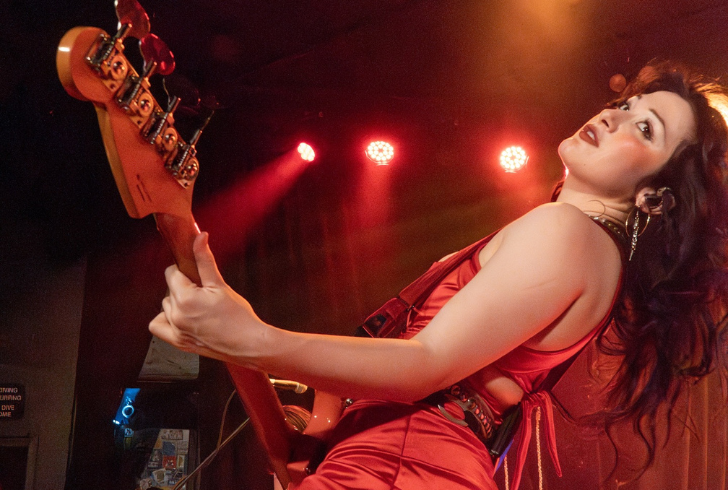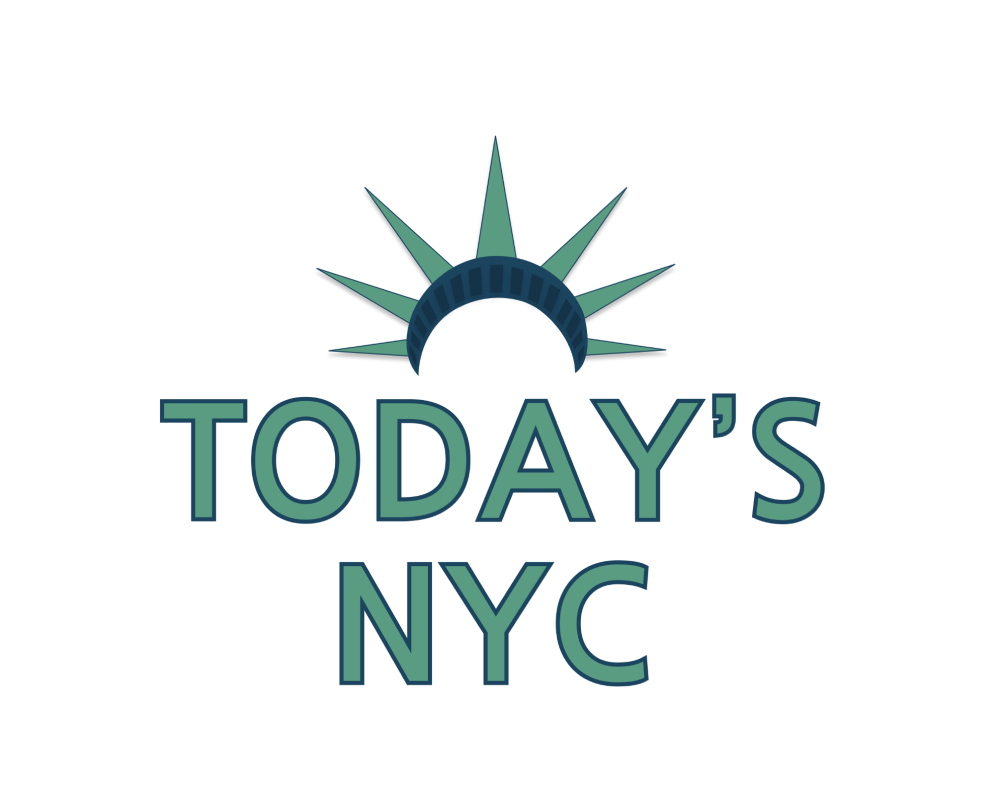
Is Innovation Dead in American Pop Culture?

Has something changed in the way we engage with American pop culture? Scroll through your favorite streaming service, tune into the radio, or browse social media, and it’s hard not to feel a sense of déjà vu.
Franchise reboots, remakes, nostalgic revivals—these dominate our screens and playlists. But is this a sign of cultural stagnation, or are we simply moving through a new phase in our collective creative rhythm?
Let’s unpack what’s really happening.
What the Numbers Show
A striking trend is the overwhelming dominance of familiar names and ideas in mass entertainment:
– Over 80% of Hollywood revenue now comes from franchise films.
– Only 27% of streamed music consists of new or recent tracks.
– Broadway’s top-grossing shows in 2023? “The Phantom of the Opera” and “The Lion King.” And both of them are decades old.
– Comic books are still driven by the same superhero brands from the ’60s and ’70s.
This isn’t just middle-aged nostalgia. Data suggests even Gen Z is reaching back to their parents’ playlists, drawn to the warmth of older genres like shoegaze, grunge, or classic pop.
Are We Out of Fresh Ideas?

Instagram | chokecherry4ever | Despite some hits like PONY’s “Chokecherry,” modern alternative rock often feels like a polished retread of the overdone ’90s sound.
Not exactly. But it’s true that the low-hanging fruit in many genres has already been picked.
Take alternative rock. In the ’90s, countless teens chased musical stardom with power chords in their garage bands. That style was mined so thoroughly that by the 2020s, new alt-rock tracks often felt like polished echoes rather than fresh innovation. Even when new songs hit the mark—like PONY’s “Chokecherry”—they still carry that unmistakable ‘90s DNA.
Why does this happen? Because creative formats, like musical genres or movie tropes, exist within a finite possibility space. The more we explore a format, the harder it becomes to discover something that feels truly new.
Technology’s Double-Edged Role
Tech doesn’t just change how we consume—it reshapes what we create.
Smartphones and algorithm-driven platforms like TikTok or YouTube Shorts prioritize bite-sized content. They’ve trained audiences to crave fast, loopable experiences, leaving less space for slow-building art or complex narratives. Attention spans are pulled in a hundred directions, and creators are following the money trail paved by engagement metrics.
But it’s not all doom and scroll. These same digital tools have also democratized creativity, offering unprecedented access and opportunity.
Today, anyone with a phone can shoot a high-quality film, and independent musicians can reach global audiences without the backing of a record label. New artistic expressions, such as moodboard storytelling, curated aesthetics, and interactive meme culture, are thriving in this digital landscape, even if they aren’t always immediately recognized as “art.”
When Short-Form Becomes the New Canvas
Some argue that the next wave of culture is already here—we’re just looking in the wrong places.
Think of TikTok creators who blend sound, movement, and editing into something that feels closer to performance art than a comedy skit. Or aesthetic curators on Pinterest and Instagram who construct visual narratives through color palettes and theme-based storytelling. These might not fit the old molds of cinema or literature, but they’re undeniably reshaping how we experience culture.
New media is art in disguise—faster, fragmented, but emotionally potent.
The Shrinking Space for the Avant-Garde
One concern, though, is the fading distinction between “art” and “entertainment.” Some critics argue that when everything is judged by likes, streams, and views, there’s little room left for creative risk-taking.
Still, it’s not about superiority. It’s about intent—are creators looking to break molds or just fill them?
Is It Stagnation… or a Shift?

Freepik | Podcasts, video games, and memes now offer complex narratives and social insights.
It’s easy to call this a creative slowdown, but maybe it’s more accurate to say we’re in a transitional moment. The old categories—albums, novels, movies—aren’t the sole markers of cultural vitality anymore.
New forms are sprouting. Podcasts are becoming audio documentaries. Video games tell layered, cinematic stories. Even meme culture has evolved into complex social commentary.
Innovation hasn’t disappeared—it’s just relocated.
Where Do We Go from Here?
If traditional pop culture feels repetitive, it might be time to explore beyond the mainstream. Seek out new formats, support indie creators, and stay open to the idea that creativity often thrives in the shadows before taking the stage.
Ways to Reignite Cultural Innovation:
– Support experimental projects on crowdfunding platforms.
– Explore international content for fresh perspectives.
– Engage with long-form, slow-burn storytelling.
– Embrace hybrid art forms like immersive installations or AR experiences.
American pop culture isn’t dead. It’s transforming, fragmenting, digitizing, and reassembling in new forms. The familiar dominates now, but beneath the surface, there’s a quiet, chaotic churn of innovation waiting to break through.
All we have to do is look (and listen) closely.
More in Culture
-
`
How Smart Technology Is Changing the Way We Travel
Technology has reshaped nearly every part of modern life, and travel is no exception. From how we plan trips to how...
June 12, 2025 -
`
Why Some Tech CEOs Are Replacing Themselves With AI Avatars
In a move that signals a shift in how corporate communication is handled, major tech CEOs are beginning to hand the...
June 3, 2025 -
`
7 Key Steps to Start a Profitable Digital Products Business
Starting a digital products business offers an exciting opportunity to turn your skills and knowledge into a revenue-generating venture. Whether you’re...
May 20, 2025 -
`
Mercedes-Benz Introduces the Vision V – An Ultra-Luxury Electric Limousine
The introduction of Mercedes-Benz’s Vision V concept represents a significant advancement in the field of electric vehicles. This electric minivan is...
May 13, 2025 -
`
AI May Soon Replace Apps, Says Meta’s Chief Technology Officer
The way people interact with technology could soon see a major shift, one that changes daily habits without most even realizing...
May 6, 2025 -
`
Donald Trump’s Role in Changing the Face of American Culture
Changes in American politics often bring cultural aftershocks, but the shifts under President Donald Trump have reached deep into the core...
April 29, 2025 -
`
4 Questions Every Investor Should Ask During Market Turmoil
Markets don’t crash quietly. Sudden drops and rebounds cause confusion, panic, and emotional decisions. This week’s wild market swings felt less...
April 21, 2025 -
`
Inside the Lives of Millionaires Who Choose to Spend Less, Not More
Living with a million-dollar net worth doesn’t always look the way most people expect. Instead of flashy lifestyles and luxury cars,...
April 15, 2025 -
`
India’s Growing Role in Global Tech Governance
Technology is at the heart of modern economies, shaping industries, communication, and daily life. For years, the United States and China...
April 7, 2025














You must be logged in to post a comment Login